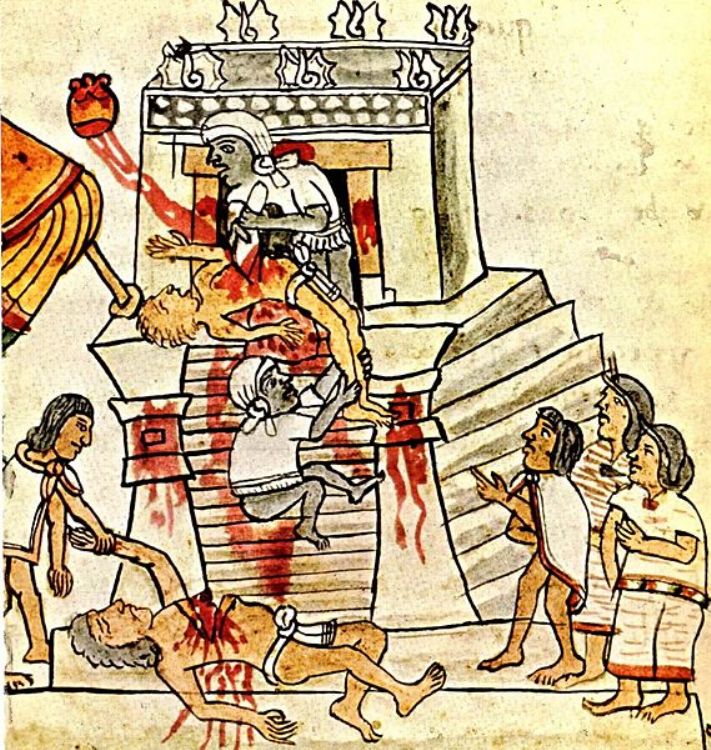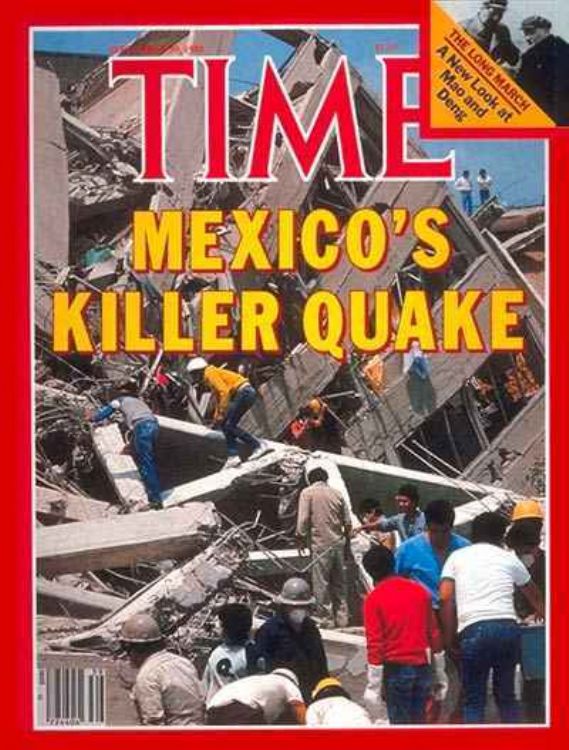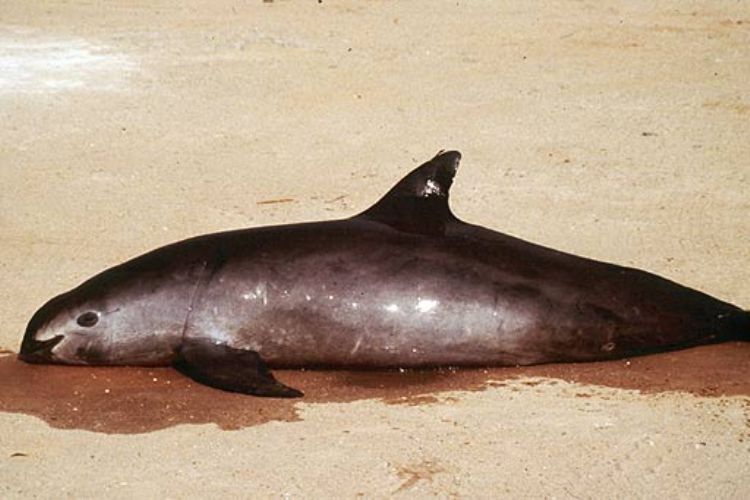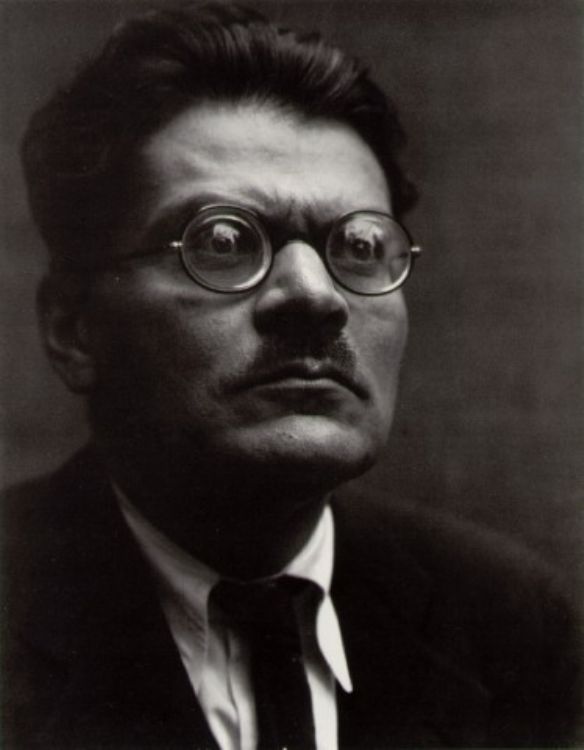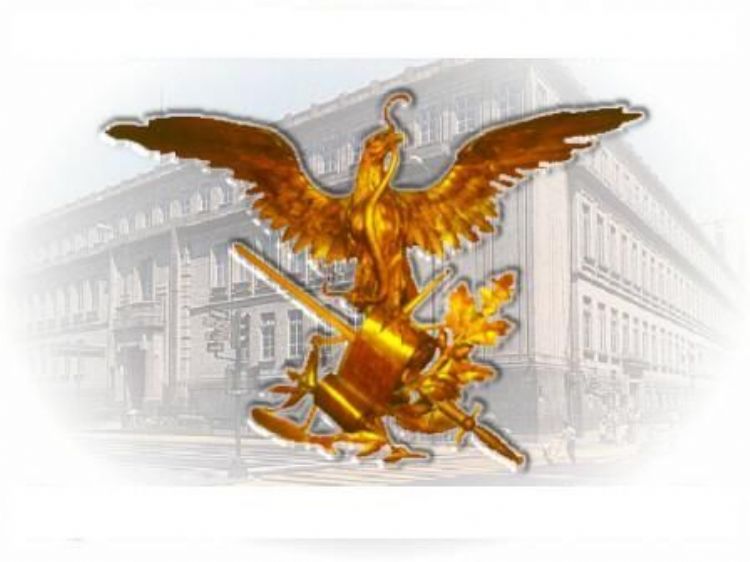The Sinaloa Cartel; Criminal Organization
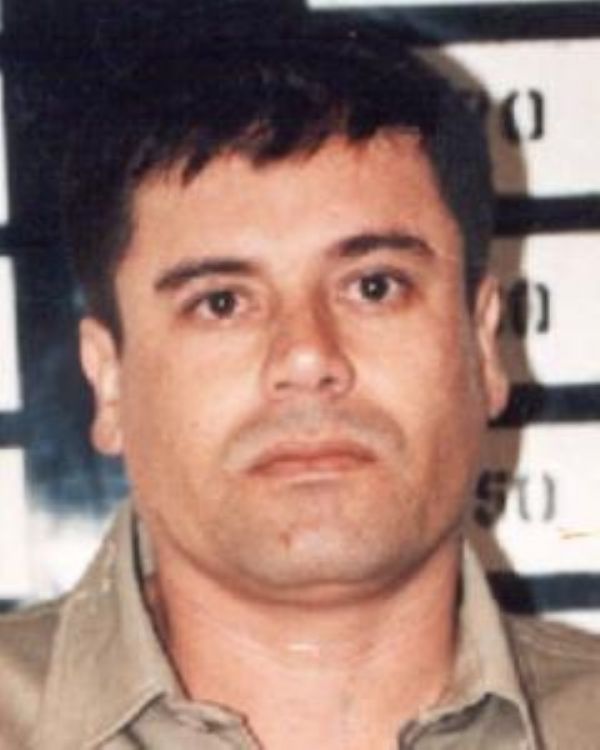
The state of Sinaloa is characterized by its vast areas of agricultural land and its large fish production. Recently, tourism has started paying attention to the historic past and the ecological reserves of the state. Despite all this, Sinaloa has received more attention for being the center of disputes among criminal organizations, and for being a bridge for drug trafficking. This reputation has reached the point where the state is now considered the cradle of drug trafficking in Mexico.
The drug market in the region is controlled almost entirely by the Sinaloa Cartel, an organization that not only operates in Sinaloa, but also in the neighboring states of Sonora, Jalisco, Nayarit, Colima and even Chihuahua.
Back in the 80s, a group of criminals including Héctor Luis Palma Salazar, Pedro Avilés Pérez, and Miguel Ángel Félix Gallardo joined forces. The Sinaloa Cartel is based on that union.
The Past:
Poppy cultivation in Sinaloa started in the 40s in Baridaguato. It was Chinese immigrants, who were also consumers, who spread the knowledge of how to generate and process opium. This became a prosperous industry in the years that followed.
After that, their most commercialized product was marihuana where the mentioned founders found a niche. Since then, the group became well known for not operating in a cell structure or under lieutenants. The members had divided the operation among themselves and they controlled every aspect of it.
Later, when Miguel Ángel Gallardo was arrested in 1989, Joaquín Archivaldo Guzmán Loera "El Chapoâ moved to Culiacan and consolidated the Cartel of Sinaloa as such. For 4 years he ran the organization which was having confrontations mainly with the Gulf Cartel and Los Zetas.
One of the most remembered episodes is the 1993 shooting that broke out at Guadalajara International Airport between gunmen of Arellano Felix and El Chapo himself. Cardinal Juan Jesús Posadas Ocampo was one of 7 victims in that shooting. That is a fact that has lead to speculation whether the cardinal died as a victim in the crossed fire or as someone who knew too much about the criminal groups.
On June 9, 1993, Joaquín Guzmán was arrested at the border of Mexico and Guatemala. After being incarcerated in La Palma prison and being sentenced to more than 20 years, he was sent to Puerta Grande prison in Jalisco. He escaped from there in February of 2001. Since then, he has recovered his position as head of the organization (some believe that he never really lost the command, and that he had been controlling the operation from prison). He has evaded the authorities since.
Crimes and Activities of the Cartel:
The profitable activity of the cartel is the distribution and sale of diverse illegal substances. These range from marihuana to amphetamines, as well as cocaine, heroin, and opium. Importing raw materials for their operation involves breaking international laws because cocaine is a Colombian export, and heroin a product of South Asia. In fact, the group has a presence in 36 countries, and it is very influential in South America.
The cartel also has territorial disputes with other local criminal organizations; that is why armed confrontations occur frequently. Through the years, this cartel has maintained various armed group. These include some groups that have transformed themselves and others that have disappeared; among them are Los Negros, Los Gueros, as well as new people. Also, former members of the military have joined their ranks.
Territorial wars between diverse groups have cost the lives of hundreds of civilians and people involved in drug trafficking. In Sinaloa, just from the year 2000 to 2006, the annual death toll average rose to 500. That number went up to 600 in 2007, and it was precisely in 2008 when territorial war confrontations in the state of Chihuahua left the astonishing number of 2000 people dead.
Obviously, to be able to operate, the group is also involved in money laundering, bribery, and corruption of authorities. They are also involved in kidnapping and extortion of civilians and authorities at various levels. In many cases, the firearms they use are superior to what law enforcement and the military have. This adds to their list of crimes those of possession of illegal firearms and possession of firearms restricted for use of the military.
The Fighting Problems:
One of the problems that the federal government faces in the capture of the heads of the Sinaloa Cartel, particularly Joaquín El Chapo, is that people in various regions of the country hold these narcos in high esteem. They are seen as heroes and role models because they provide the poor with an income, employment, and even friendship. To be able to understand this, it is necessary to emphasize that there is such dire need in some areas of the country, that for many people, working for narcos is the only way to have a job and an income.
People who don't admire them, fear them; that makes reporting narcos to authorities very difficult. That is also one of the reasons El Chapo has not been captured, even when the DEA is offering a 5 million dollar reward for his arrest.
Corruption and strong organization, as well as effective management of retaliation and conflicts, make this group very difficult to stop.
Curious Facts:
In 2009 Joaquin Archibaldo Guzmán Loera, El Chapo, was named as one of the richest people in the world (no. 701), as well as one of the most influential celebrities (no. 41). Those "distinctions" were made by Forbes Magazine.
Legends circulate that El Chapo sometimes goes to cafes or restaurants where he confiscates cell phones and holds people against their will while he eats. When he leaves, he generously pays the bills for every table and returns the cell phones.
Artículo Producido por el Equipo Editorial de Explorando México.
Copyright: Explorando México. Todos los Derechos Reservados.
Image: Wikipedia

